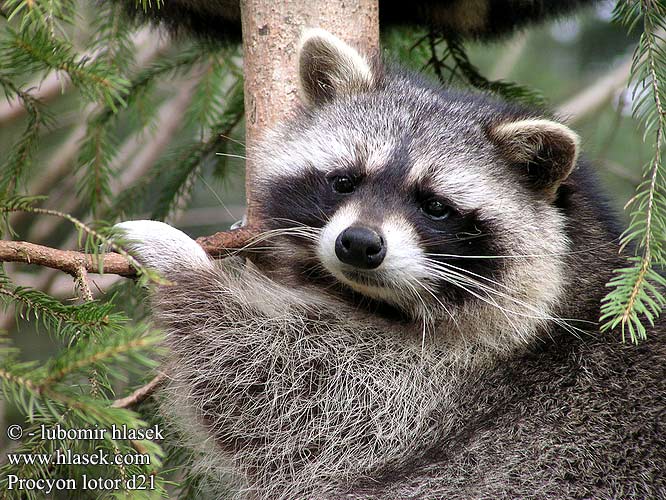
Procyon lotor northern raccoon Vaskebjorn Pesukarhu pesukarhuja Raton
Revised taxonomy suggested by Trujillo and Hoffman (2017) would result in three subspecies in Florida: Procyon lotor elucus, P. l. auspicatus, and P. l. inesperatus.Two subspecies, P. l. marinus and P. l. incautus, would become synonymized. Clearwater et al. (1989) studied cranial variation and concluded that P. l. maritimus should be regarded as a synonym of P. l. lotor.
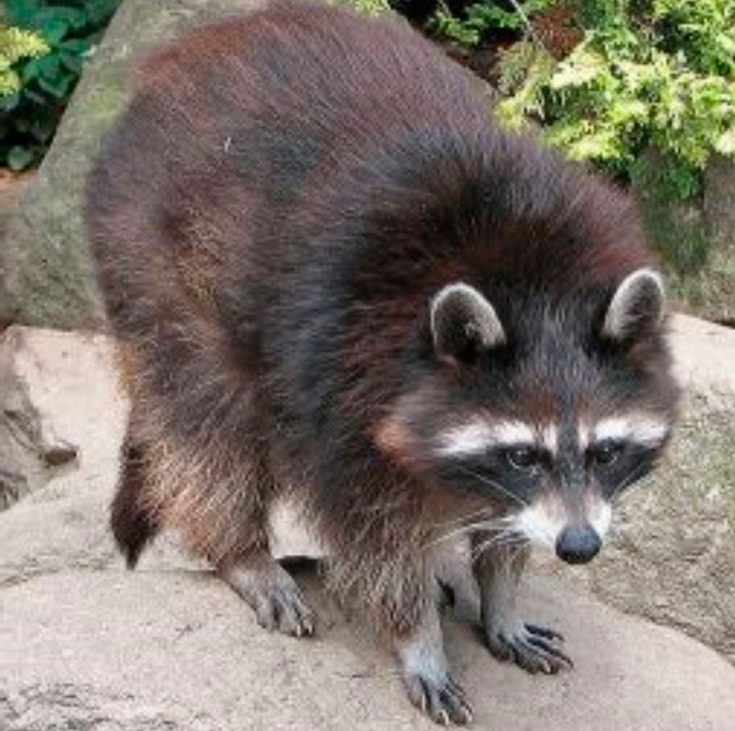
Еноты описание животного, виды с фото, что ест, враги
Todays scientific name was published by Carolus Linnaeus in 1758. (Schwartz, 1981) Procyon means "before the dog" and lotor means "a washer" because of their behavior seen in captivity of dipping their food in water (Zelveloff, 2002). The common name raccoon was derived from the Native American tribe, Algonquin, and means he who.

Procyon in Canis Minor Astronomy Magazine Interactive Star Charts
Cozumel raccoon (P. pygmaeus). Procyon is a genus of nocturnal mammals comprising three species commonly known as raccoons in the family Procyonidae.The most familiar species, the common raccoon (P. lotor), is often known simply as "the" raccoon, as the two other raccoon species in the genus are native only to the tropics and less well known. Genetic studies have shown that the closest.

Procyon lotor Nobanis
Raccoons ( Procyon lotor) are medium-sized omnivores in the procyonid family (Procyonidae). Although usually nocturnal, they can also be seen during the day. A black eye mask and bushy ringed tail are key characteristics that quickly distinguish raccoons from other mammals in the region. Raccoons also possess sharp claws, stocky build, and a.

Waschbär (Procyon lotor) stockfoto. Bild von pelz, nave 3412894
Scientific name: Procyon lotor minor. These raccoons are only found on the two main islands of the Lesser Antilles island group in the Caribbean Sea, called Basse-Terre Island and Grande-Terre. Although smaller than the common eastern and Upper Mississippi Valley raccoons, Guadeloupe Raccoons are moderate-sized with a small skull.
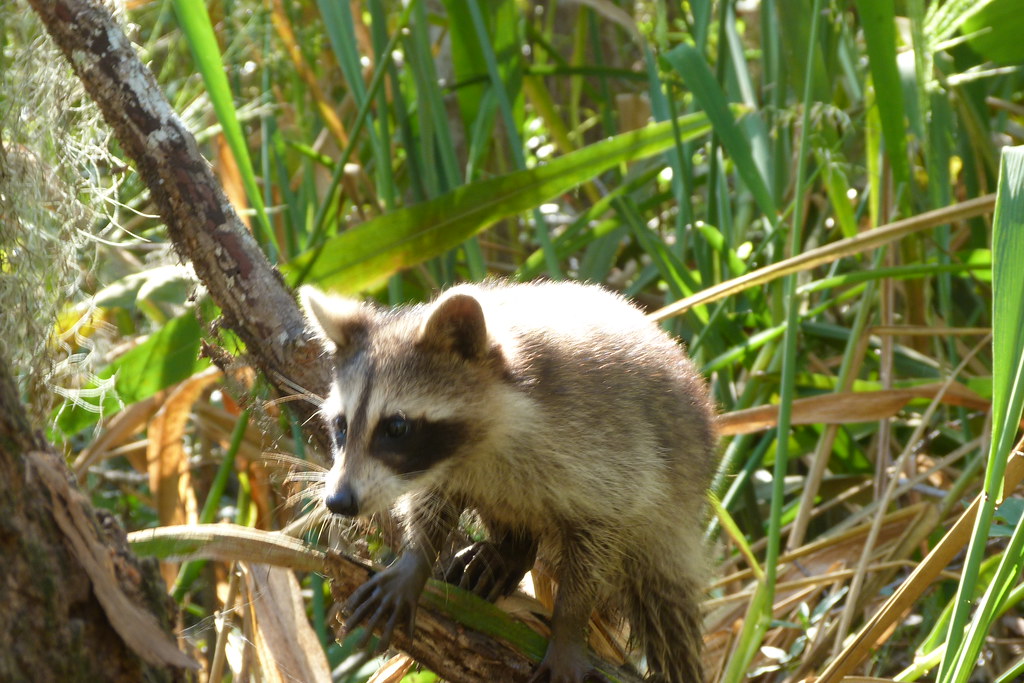
Procyon lotor Procyon lotor (Linnaeus, 1758), Raccoon, Pea… Flickr
Synonyms. Procyon lotor flavidus de Beaux, 1910 (from Mammal Species of the World (2005)) Procyon lotor minor Miller, 1911 (from Mammal Species of the World (2005)) Procyon lotor varius Nelson & Goldman, 1930 (from Mammal Species of the World (2005)) Procyon maynardi Bangs, 1898 (from BioLib) Procyon minor Miller, 1911 (from BioLib)
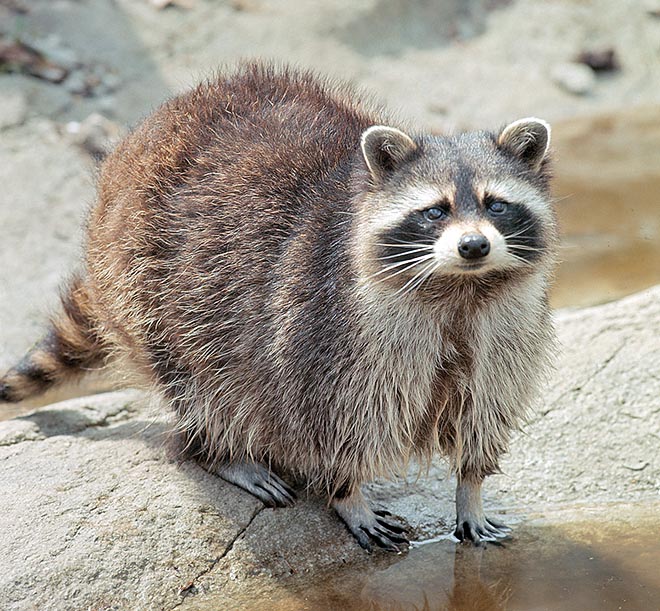
Procyon lotor Monaco Nature Encyclopedia
Genus: Procyon Species Procyon lotor Common name Common raccoon Synonyms Procyon gloveralleni, Procyon maynardi, Procyon minor, Procyon lotor gloveralleni, Procyon lotor maynardi, Procyon lotor varius, Procyon lotor flavidus Lifespan, ageing, and relevant traits Maximum longevity 21 years (captivity) Source ref. 671
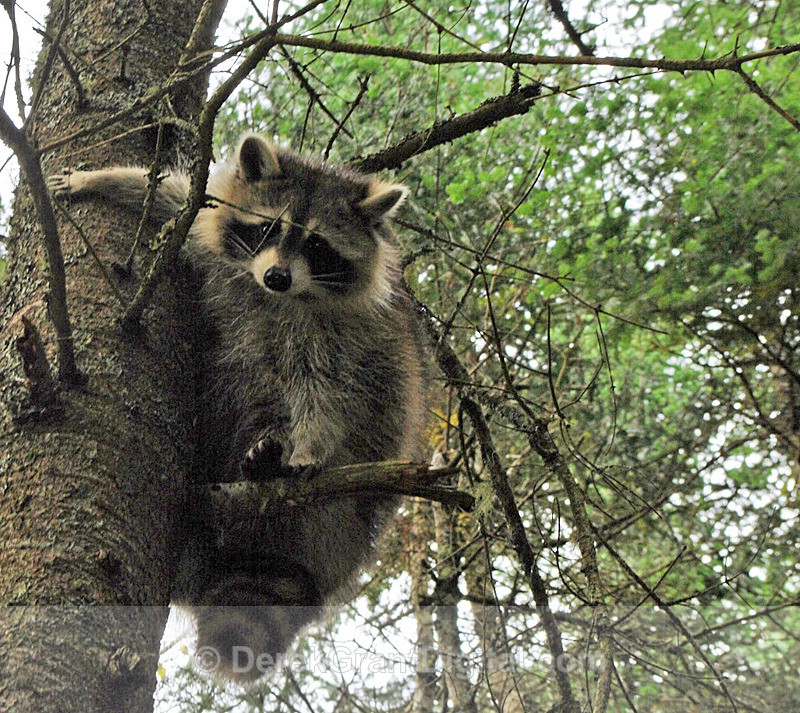
Procyon lotor
Both their forepaws and hindpaws have five toes. Coloration varies with habitat, but tends to range from grey to reddish brown to buff. Raccoons are stocky in build and generally weigh from six to seven kilograms. Weight varies with habitat and region, though, and can range from 1.8 to 10.4kg.
_3.jpg)
FileRaccoon (Procyon lotor) 3.jpg Wikimedia Commons
The scientific name of the raccoon is Procyon lotor. Procyon is a Greek term that roughly means "before the dog" or "dog-like" (it also happens to be the name of a very bright star in the constellation Canis Minor). The species' scientific name roughly translates from Latin to the washer, referring to the raccoon's unusual behavior.
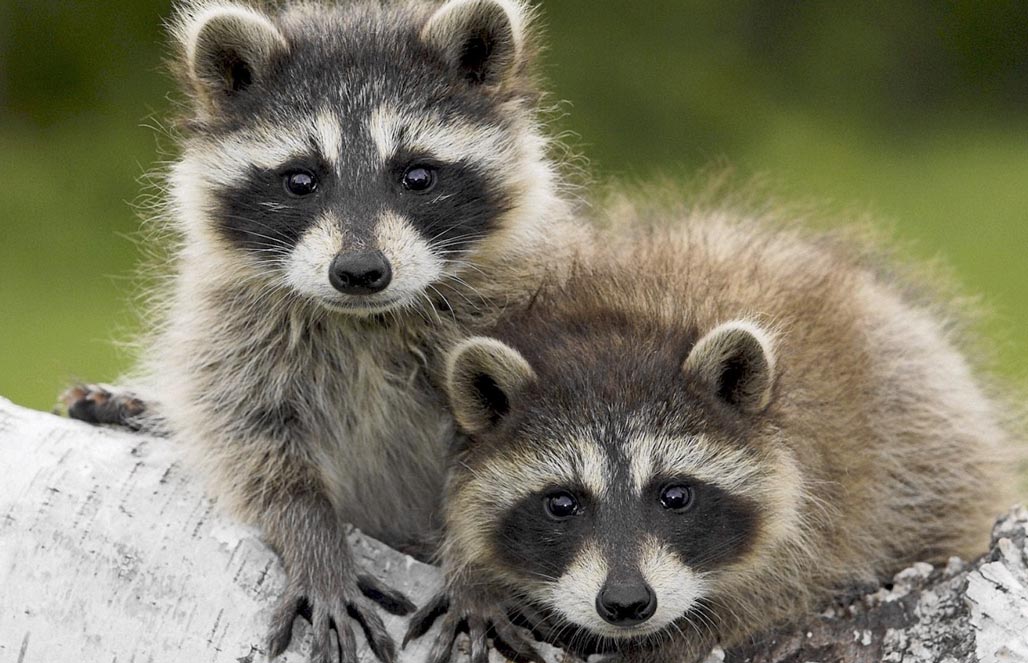
Енотполоскун — Procyon lotor
Diet and Nutrition. Raccoons are omnivores. They eat fruits, plants, nuts, berries, rodents, frogs, eggs, insects, crayfish, amphibians, and bird eggs. In an urban setting, they will sift through garbage for food. Most of their diet is invertebrates and plants. Diet Omnivore.
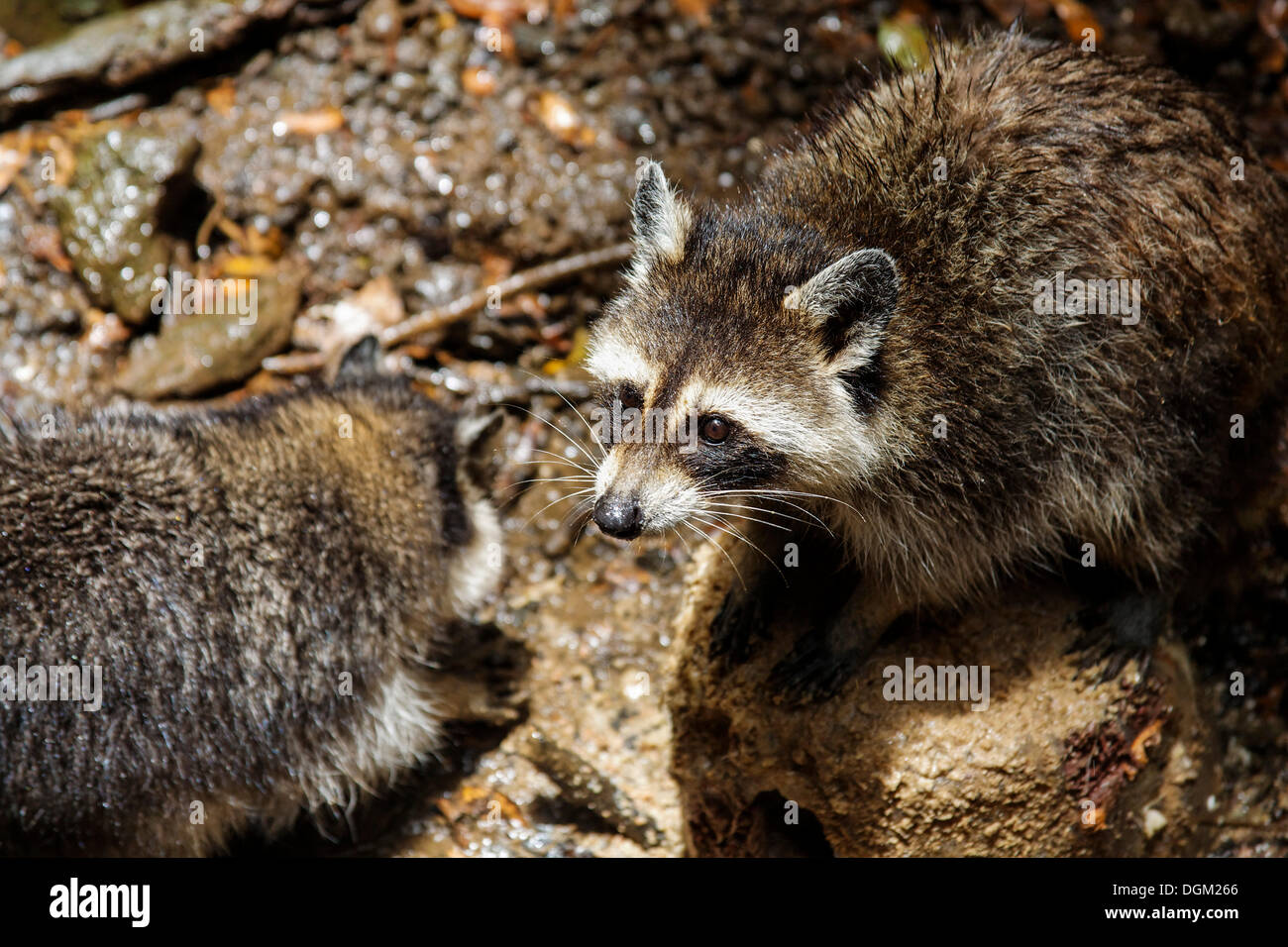
Guadeloupe raccoon (Procyon lotor minor), endemic to Guadeloupe
Ursus lotor Linnaeus, 1758. The raccoon ( / rəˈkuːn / or US: / ræˈkuːn / ⓘ, Procyon lotor ), also spelled racoon [3] and sometimes called the common raccoon to distinguish it from the other species, is a mammal native to North America. It is the largest of the procyonid family, having a body length of 40 to 70 cm (16 to 28 in), and a.

Procyon lotor Linnaeus by Perseomedusa Vectors & Illustrations Free
The term island raccoons is used as a generic term for four endangered and one (or two) extinct subspecies or species of raccoon ( Procyon) endemic on small Mexican and Caribbean islands, such as Cozumel and Guadeloupe. [1] Other subspecies of raccoon living on islands, like that of the common raccoon ( Procyon lotor) native to the Florida Keys.

Procyon_lotor
Description. P. lotor is a medium-sized member of the order Carnivora, with a stocky torso and short limbs. The pelage coloration, with the striking black mask and ringed tail, makes the raccoon easily recognizable. The spine is curved posteriorly, giving the animal a roundish appearance similar to a bear.
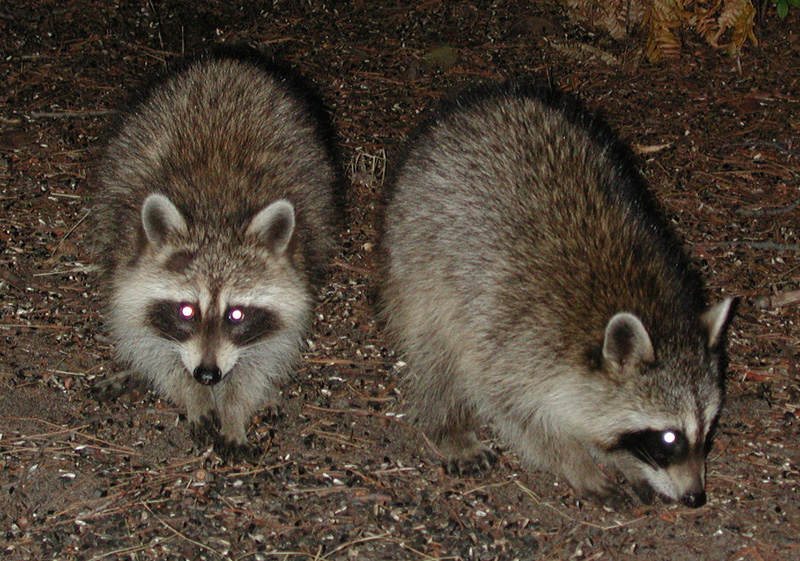
Procyon lotor
They are the Procyon lotor maynardi (Raccoon of the Bahamas), the Procyon lotor minor (Raccoon of Guadeloupe), the Procyon lotor insularis (Raccoon of Tres Marias), and the extinct Procyon lotor gloveralleni (Raccoon of Barbados). These subspecies are in addition to other 19 subspecies that vary mainly for the size and the colouration.
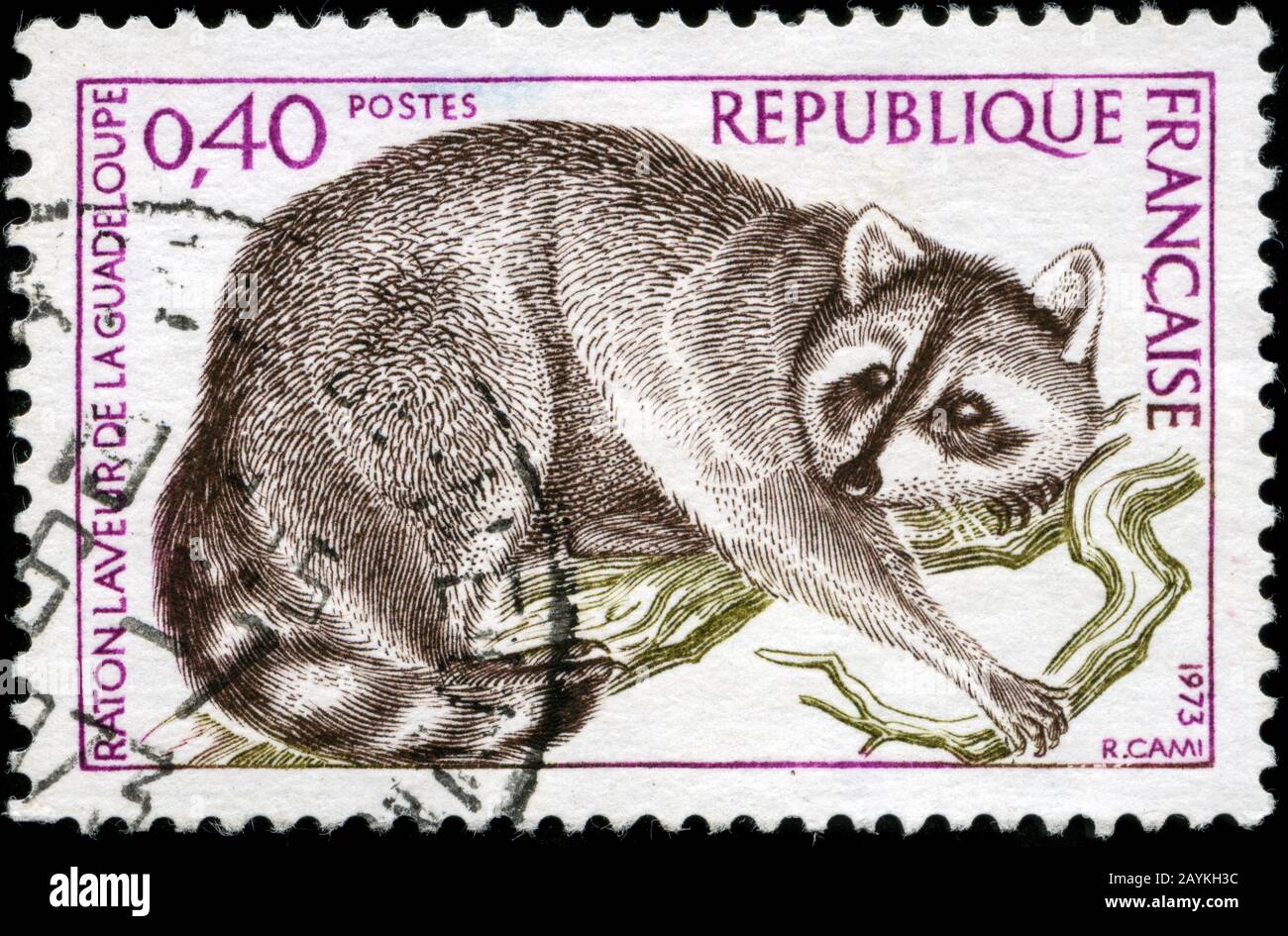
Guadeloupe Raccoon (Procyon lotor minor Stock Photo Alamy
The raccoon (Procyon lotor) is a medium-sized mammal native to North America.It is easily recognized by its pointed masked face and banded furry tail. The species name "lotor" is neo-Latin for "washer," referring to the animals habit of foraging for underwater food and sometimes washing it before eating.

Opiniones de procyon lotor
Procyon maynardi Bangs, 1898 Procyon minor Miller, 1911 Procyon nanus Simpson, 1929 Procyon priscus Leconte, 1848 Procyon simus Gidley, 1906 Ursus lotor Linnaeus, 1758. Atlas des mammifères sauvages de Wallonie: le raton laveur, Procyon lotor (L., 1758). Cahiers Ethol. appl., 7 (2): 140-142.